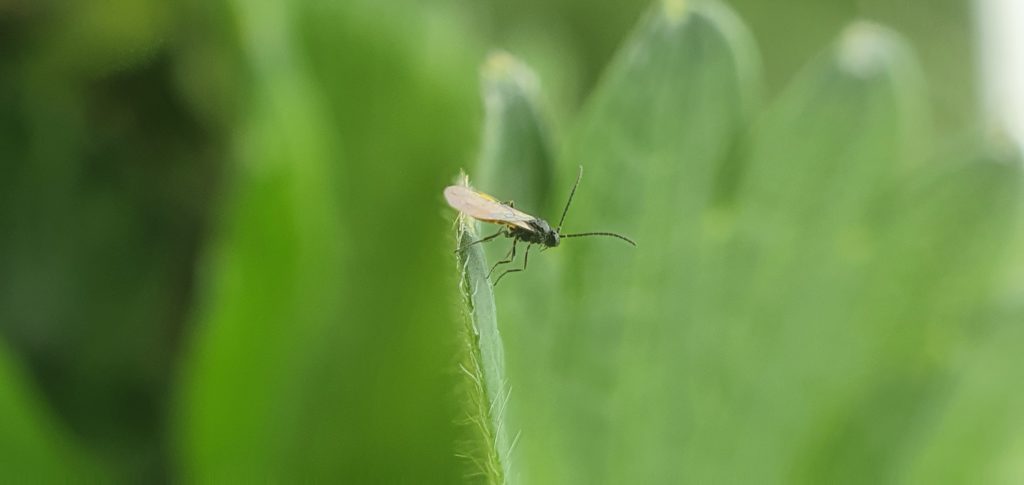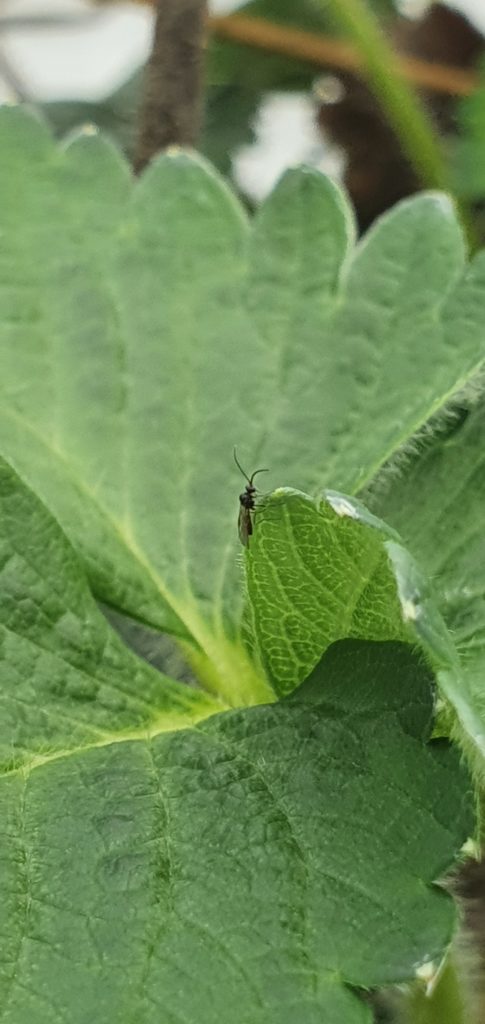For all of you a very happy Christmas and Gods blessings for the new year / season.
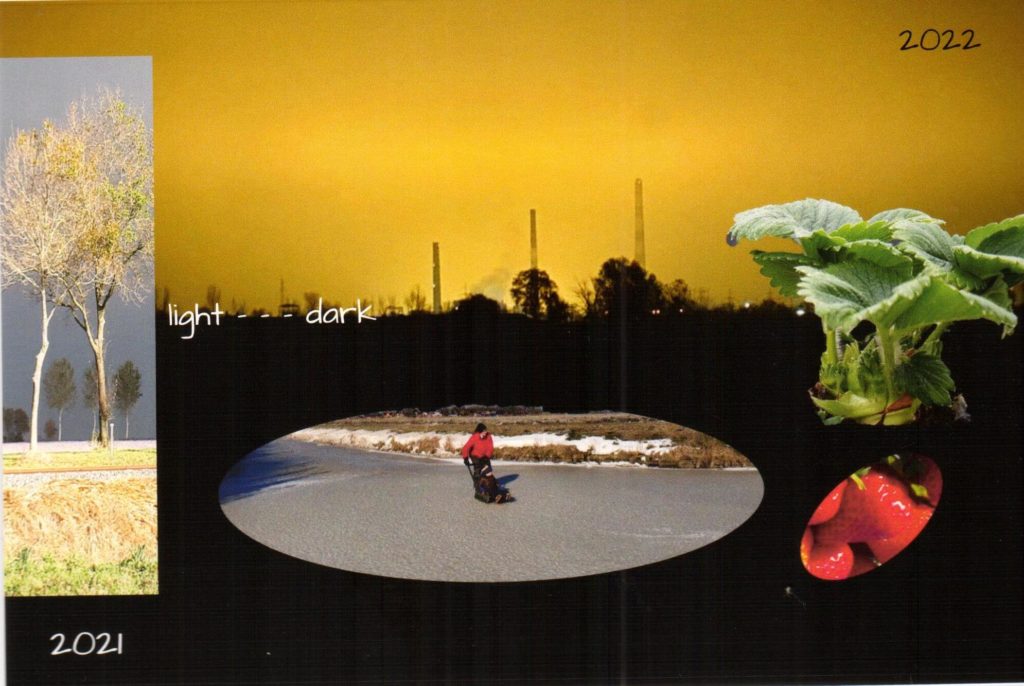
News about strawberries
For all of you a very happy Christmas and Gods blessings for the new year / season.

Yes analytics in strawberry growing. Every day we make decissions. Based on experience, based on research, based on knowledge of suppliers.
You can also make decissions based on processes on your own farm, or gathered data. Below some of my own experience. In the following link the companies information on Analytics: FarmQA
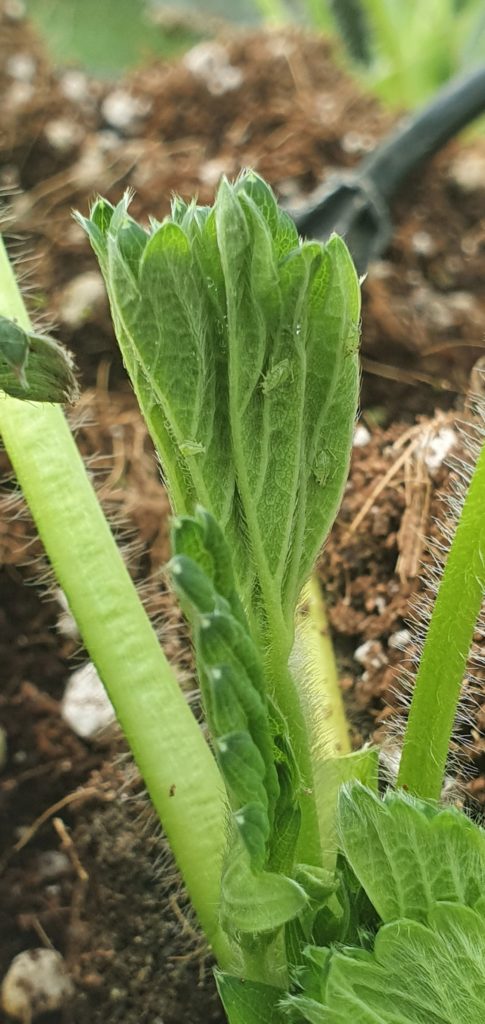
Advice
For advizing growers i use FarmQA. I can make my own templates for gathering data (on smartphones, tablets etc) and based on that make the reports and give advice. I gather for example: Development stage of the plant, EC, soilmosture content, number of flowertrusses, diseases on a scale (0-5), pestst etc. etc.
For advizing growers this is very important: fast reliable information about fields of my clients. Growers can make their decissions based on this information. (below an screenshot of the template for registration of all the important subjects in strawberries).
Advantages for me:
– time saving – about 5-10 minutes per scouting location
– about 30-45 minutes for an averages report for growers
– more acurate data about the fields
– possibility to analyse
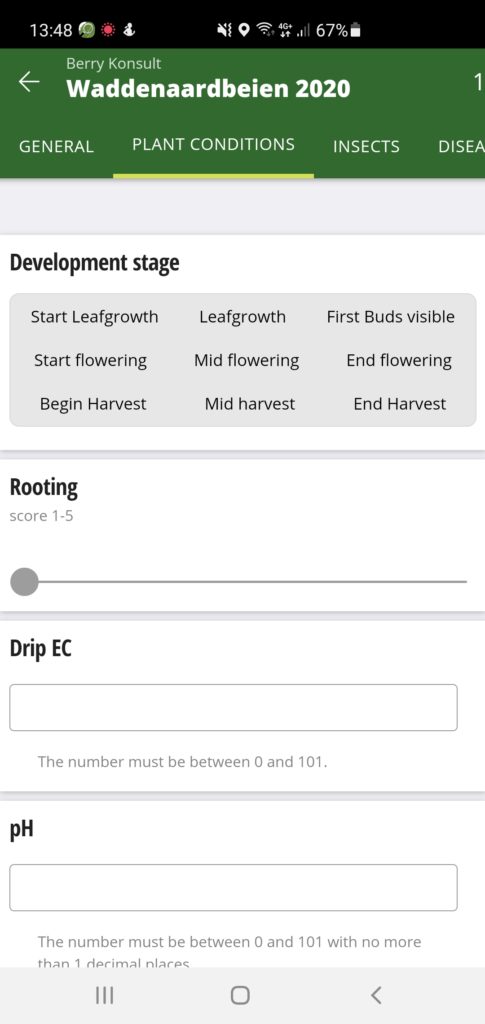
Analytics
Recently FarmQA added an analytics option. Analyse all the data you gathered. Get a good picture of the number of aphids: going up/down? More then comparable growers? And take or advice an action.
During the season i don’t need to check all the numbers. With the graph’s i get easy and good inside in what is going on. Do i need to intervene, or will the problem solve itselve.

Above you see a graph from Analytics. Easy to see, that most populations of aphids decline. Only for two growers i am doubt if further action is needed: one population is increasing, one is too stable.
With this analytics i could very easy check the population development for different ways of growing, or the use of bankerplants. Growers that work with flower borders around the strawberries for example had clearly less problems with aphids.
Heat maps
It is also possible to make heatmaps: an inside in the location of pests or diseases. In my case because growers are quite far away from each other this doesn’t make that much sense. For growers with largere areas and multiple fields or multiple scouting locations this gives a lot of insight in the spatial development.
Yes again some bugs.
This time not all from among the strawberries. My dad has sent me a nice one and i couldn’t let it go. Just the beauty of this dragonfly. Unbelievable what a creation.
Predators predating Predators
This week i had an interesting subject related to predators: predators eating predators. It makes pest control with predators a level harder.
One grower had quite some aphids, but with the Aphidoletes (mainly, but also some Aphidius) they could controle the aphids last weeks quite well.
Spidermites became a little problem because they had changed their strategy to fewer introduction of predatory mites. So the didn’t establish quite well.
As a correction of the they introduced quite a huge number of Limonica. Untill that introduction, Aphidoletes eggs where found everywhere, after introduction of Limonica no eggs of Aphidoletes, and an increasing population of Aphids…
All this makes brings the use of predators to the next level. This is in line with a research from Wageningen University (WUR) which shows the complex relations between different predators and different pests. https://edepot.wur.nl/121105 and in Dutch: https://edepot.wur.nl/166164
The whole relation between plants, insects, climate is an interesting and complex one. Same structures, same greenhouses, same varieties and yet completely different development, balances in the plant.
Last week: 2 greenhouses from one grower. One greenhouse with gras between the rows, one with anti rooting cover between the rows.
Not only the strawberry plants develop completely different, also the predators. With the anti rooting cover on the soil, or the widely used white plastic in glasshouses it is not always easy to establish predators in the crop. With grass between the rows, in a lot of cases natural predators occur.
Climate – predators
What i have seen so far over the years, that in moderate outside or greenhouse climates predators develop easily. Climates a little more humid, with temperatures and humidity not going up and down, is much better for the predators.

predators – predators
Another interesting item is predators eating predators. Recent research from Wageningen WUR showed there is quite a strong interaction of predators eating predators. Not only orius eating eggs of Aphidoletes. But also orius eating aphids. And different predatory mites eating each other, or each others eggs.
The same i used to see in greenhouses without chemical controll of insects. Spider populations developing quite fast. Good for some predation of at least flying aphids. But unfortunately also Aphidius types of predators of aphids.
If you would like to read something more about hyperpredation of predators among each others: https://link.springer.com/content/pdf/10.1007/s10526-012-9462-2.pdf

Climate strawberries
As all plants do, also for strawberries climate is very important. Especially stability of the climate. As soon as the fluctuations in the climate are getting big (high-low temperature / high-low humidity) plants don’t develop very good, health problems (milldew).
In Western Europe, we have tried to solve this with highpressure humidification, but in contrary to what we would expect: more milldew. Plants seemed to get a kind of lazy and as soon as we were to late with humidification, got milldew.
In greenhouses with table tops and grass underseeded, inside temperatures can be till 7oC lower as outside temperatures. In greenhouses with black anti rooting cover, temperatures used to be 3-5 oC or more higher as outside. A huge difference.
Habitat / hidingplaces / food
In case of tabletops (outside), areas with a lot of flowers may stimulate orius, aphidius, hoverflies, lacewings. A lot of natural predators occuring and settling in a field.
Several growers in the Netherlands started with using non productive areas for seeding flower combinations attractive for predators.
I have seen balances within this flower areas of orius – thrips, aphids – hoverfly+lacewing.

Summary
Growing biological strawberries is much more as just introducing predators. Possible hidingplaces, climate, interaction between predators is very important. Try to think of as much interactions between strawberries – predators – climate – habitat etc as possible and use them to optimize your IPM strategy.

A nice couple this week:
– aphid with the orange egg of the Aphidoletes
– Larva of the Aphidoletes
– Larva of the Hoverfly
– Leafwasp – its larve can cause quite some damage in strawberry leafs
– Several parasitic wasps on their tube
– Lacewing egg (3x)
– Ladybird (other colours)
– Aphid – orange
– Caterpillar
– Aphid – predated
– Pupea of the Hoverfly
An interesting week with quite some bugs.
Especially a German grower with table tops in Tunnels and grass below the table tops. Gives an excelent climate and shelter place for different predatores. In this case, the Germany grower doesn’t spray anything, but has excelent crops.
Take care, pictures may be schocking..
But they still – they are the good guys. Although, not all of them…
you may recognize:
Ladybird Beatle
Lacewing larva – very hungry
Aphidolethes wasp and larva – good against aphids
Leaf wasp – can do quite some damage in Strawberries

First a little difference in rooting of plants. The pictures below show 2 substrates with both plantings of 1 month (cold weather) on the same field. Rootings differ essentially. First picture is peat, 2nd and 3rd are Cococoir.
It doesn’t essential need to be the difference in substrate, but can be the moisture content of the substrate also. Where Coco keeps its humidity better als peat, but still drains very well if too much irrigated.
Some bugs from last week.
Strawberries are one of the firstfruits in the Spring.
First life to develop
they show what is to come
a bright future of beautifull crops growing
Beauty – Bright red colour – Delicious.
That is the message of Eastern:
Life – a lot is still to come.
Live – because there is a lot to come
Don’t be affraid for death – there is still a lot to come.
Christ raised from the death – the best will come.
Happy Eastern / Passover for everyone.
Eastern story

Spring is starting up slowely.
But with the spring also the aphids and their predators:



